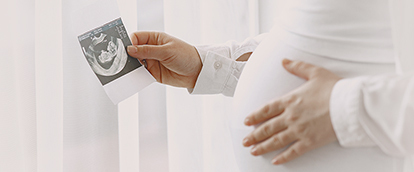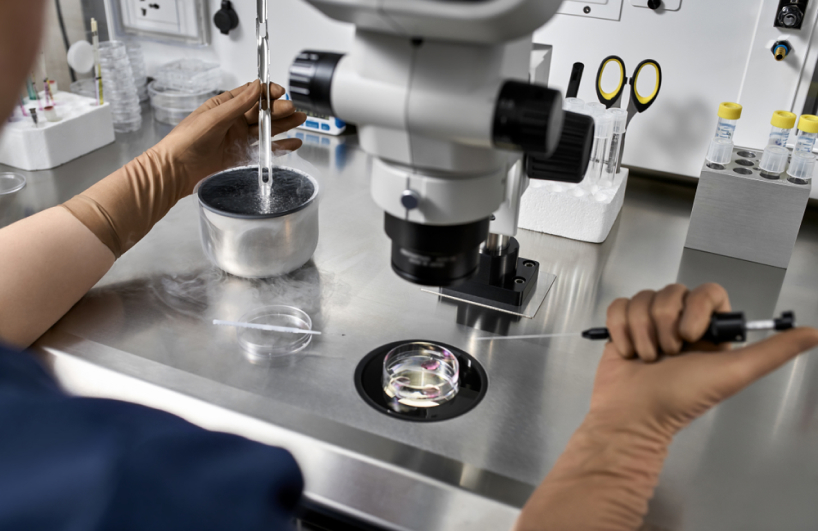


Keeping yourself in sync with the ovulation process in the body is of prime importance to try and conceive during the 'fertile window'. The menstrual or ovulation cycle will be different for every woman. Therefore, you should keep track of the days during which you can get pregnant and try conceiving through regular unprotected sex during the time. ARC helps you know more about the monthly ovulation cycle and help you regarding any complications that you might face.
Every woman would normally produce one egg during each cycle. This procedure takes place every month, but you have to be careful that the 'fertile window' only lasts for some four to five days during which you can get pregnant. The sperms have a lifespan of 5 days and this reflects the fertile window. The ovum has a lifespan of 24 hours and can get inseminated only during then. Thus the 'fertile window' lasts for the five days ending with the day of ovulation.
The 'fertility window' is the most important step every woman needs to keep in mind if she wants to conceive. Having sex six or more days before the day of ovulation does not leave any chance for her to get pregnant. Towards the end of this 'fertility window', the probability of pregnancy keeps on decreasing rapidly and she would not be able to get pregnant after the 24 hours of ovulation. Thus, the women who are not aware of the time should engage in sexual intercourse every two or three days to maximize the chances of conceiving.
Thus, in a nutshell, if she can track ovulation, a woman should engage in sexual intercourse in the three days leading to and even including the day of ovulation to get pregnant.
The process of release of a mature egg from the ovary into the fallopian tube and be available there to be fertilised.
Tracking the average menstrual cycle is necessary before you track the day of ovulation. The first day of the menstrual cycle marks the beginning of the period and the last day marks the end of the menstruation process.
Ovulation generally happens two weeks prior to the beginning of the next cycle. Now, a rough idea is chalked out about the day of ovulation, the 'fertility window' can be calculated. The three days leading up to and including the day of ovulation is the best for having sexual intercourse in order to get pregnant
The fertility cycle generally has a duration of 28 days, with the ovulation taking place on day 14. So, the most fertile days should be the days 12, 13 and 14.
If someone has a menstrual cycle of about 35 days, then day 21 is ovulation day and days 19, 20 and 21 should be preferred.
This can be calculated similarly for women with different ovulation periods.
There are 3 clear signs to notice if you are ovulating.
The professionals at ARC can guide you much more about the monthly ovulation cycle and what you can do regarding that. Approaching them can help you take care of any problems that you might be facing and how you could sort them.
First-Time-Visit